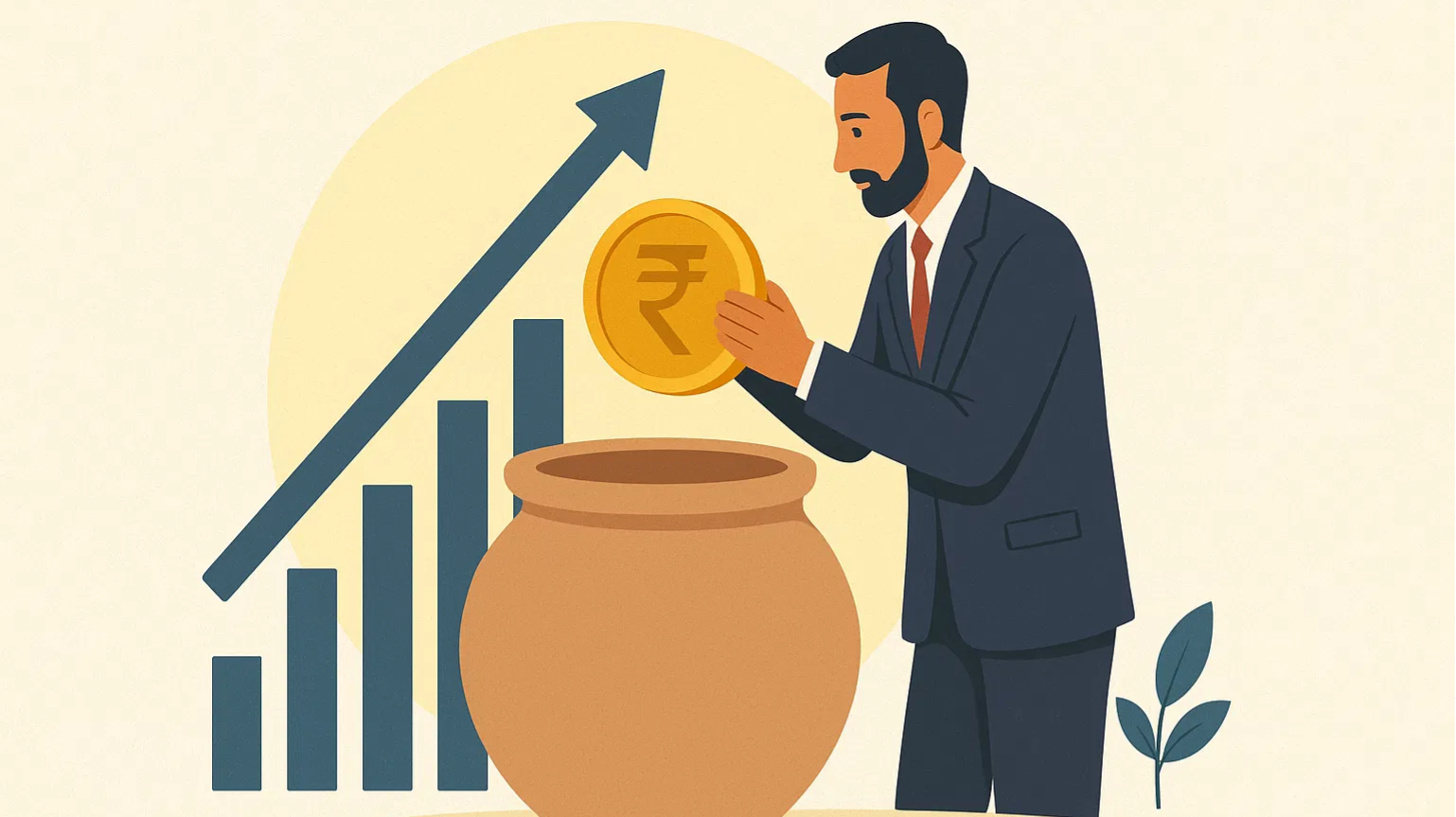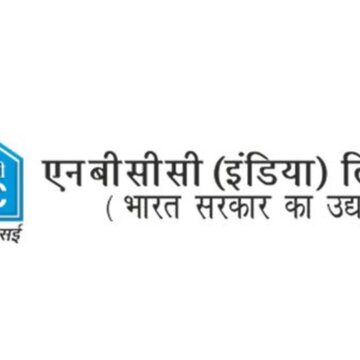Investments and savings have been a priority for Indians since 15th August 1947. The Government of India first established the National Savings Organisation, which is now known as the National Savings Institute in 1948. Adding to these, several other institutions came into play including the Post Office Savings Bank, the Government Savings Certificate Act, and the Public Provident Fund Act.
The idea of investment has evolved with time depending on the economic conditions. Previously, a major portion of investors used to bet on safer asset classes; however, as time passed, investors aligned towards riskier bets. As the internet reached every corner of society, people gained access to know more about the idea of investments and their concepts.
Where is Indian investors' money flowing?
According to a survey report by NDTV Profit, 40% of Indians are currently investing in equities, while a significant portion of investors prefer to invest in insurance-linked investment schemes. Real estate and precious metals like Gold and Silver acquire 30% participation in each segment, and around 25% of Indian investors are reported to hold their money in cryptocurrency.
“Previously, Indian investments were limited to fixed deposits, recurring deposits, government bonds, and UTI units. Presently, Indians invest in stocks, mutual funds, real estate, and increasingly, cryptocurrencies. Future predictions suggest a shift towards digital assets like e-gold, e-silver, and digital currencies. Taxation policies on digital assets could significantly influence future investment choices,” said Soumik Banerjee, Founder & Financial Advisor at The Market Catalyst (Financial Consulting Firm), residing in Kolkata, West Bengal, India.
Risk tolerance of Indian investors
High tolerance is an indicator of investors who want high returns and are not concerned about the risk; medium tolerance means investors who want high to moderate returns, taking the ups and downs into consideration, but cannot accept high losses. Low tolerance refers to those investors who aim for capital preservation and want good and stable returns with minimal losses.
According to a recent survey by Kantar (a global marketing data, insights, and consulting company) and mentioned in SEBI reports, 79.7% of investors have low risk tolerance, 14.7% have medium risk tolerance and 5.6% have high risk tolerance.
{News Ei Samay does not provide investment advice anywhere. Investment and trading in the share market or any field involve risk. Proper study and expert advice are recommended beforehand. This news is published for educational and awareness purposes.}











